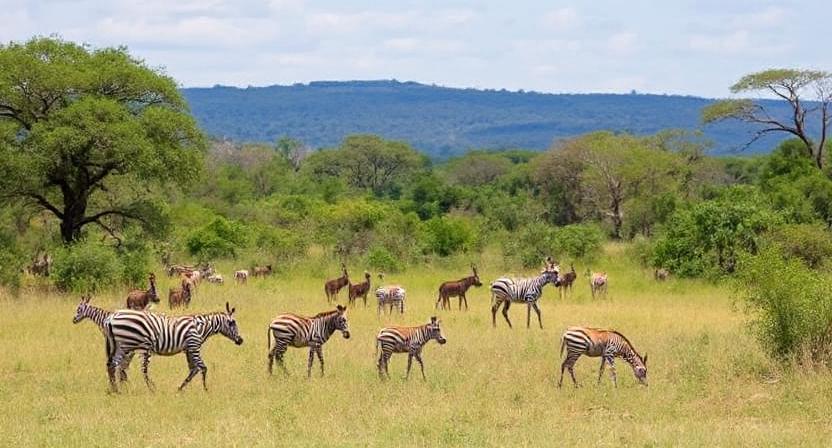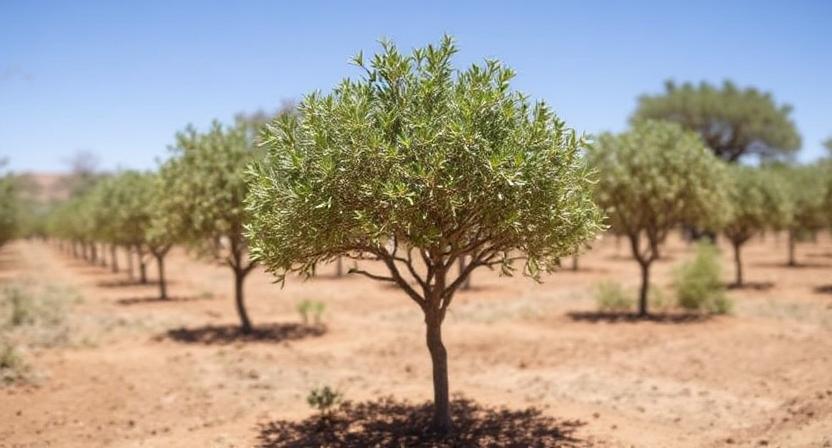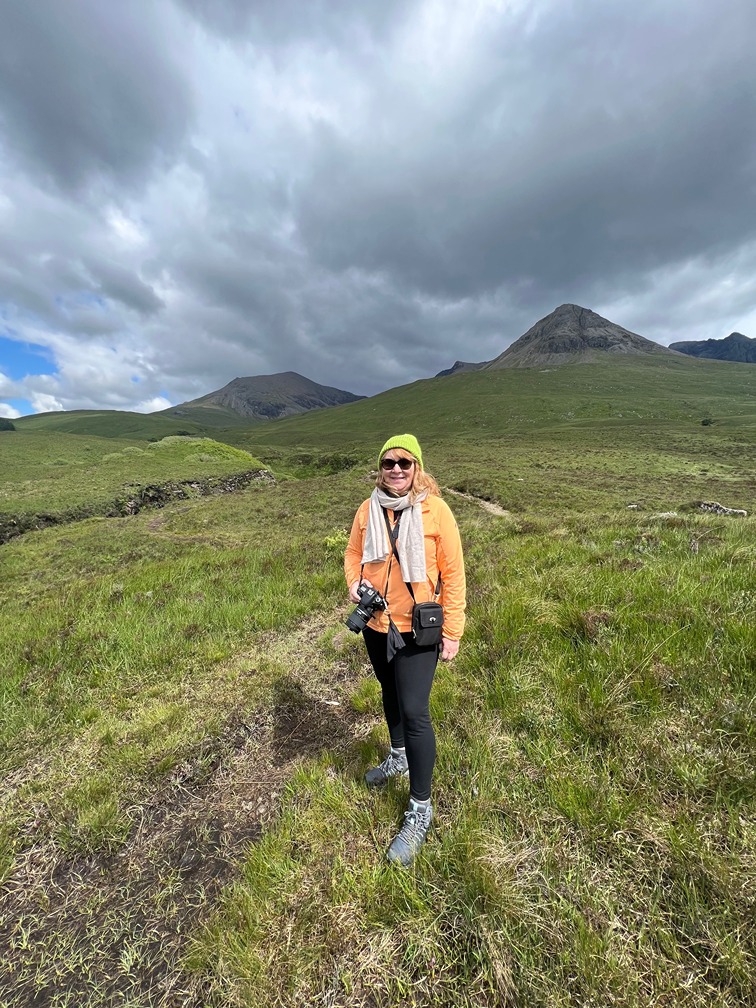Banhine National Park in Mozambique Launches a Historic Biodiversity Restoration with Four Hundred Animals, Boosting Eco-Tourism Growth and Conservation Efforts

Published on
October 7, 2025

Banhine National Park in Mozambique is taking a revolutionary path of biodiversity regeneration with a goal to regain its former glory as a wildlife dense destination. With the addition of 400 animals in 2025, the park is laying the foundation for a larger vision of ecological regeneration that will see the addition of 1,100 additional animals by 2026. These lofty targets are a key element of Mozambique’s long-term conservation plan, with an emphasis on enhancing both natural habitats and sustainable tourism.
The efforts of the park are supported by large investment in infrastructure, new rangers’ recruitment, and an overriding dedication to public engagement. These initiatives respond to national tourism aspirations that seek to conserve Mozambique’s rich biodiversity as well as enhance the tourism and economic potential of the area.
The Role of Wildlife Reintroduction in Ecological Restoration
The reintroduction of 400 animals into Banhine National Park marks an important step in the restoration of its ecosystems and biodiversity. The animals will be carefully chosen from other conservation areas, helping to re-establish populations of species previously lost to the region. The introduction of these animals plays a critical role in restoring ecological balance, ensuring that natural habitats are revived, and species diversity is maintained.
Biodiversity restoration is essential for maintaining healthy ecosystems, promoting the resurgence of key species, and enhancing the health of the park’s flora and fauna. This initiative will not only strengthen the park’s ecological integrity but also enhance its appeal as a nature-based tourism destination.
Strategic Investments: Enhancing Park Infrastructure and Ranger Capacity
In addition to wildlife restoration, Banhine National Park has received substantial investment in its infrastructure. This includes the construction of modern visitor facilities, improvements to wildlife management systems, and enhanced security measures. The hiring of 35 new rangers in 2024 alone reflects the park’s growing focus on protecting its wildlife from threats such as poaching and illegal activities.
By increasing its ranger workforce and investing in better park infrastructure, Banhine is improving its ability to safeguard the newly introduced species and provide safe and enriching experiences for visitors. The focus on upgrading infrastructure also includes better access roads, campsites, and eco-friendly tourism facilities, designed to support the growing interest in eco-tourism while maintaining the park’s environmental integrity.
Engaging Local Communities in Conservation and Economic Development
A central element of Banhine National Park’s restoration efforts is the active involvement of local communities. Community engagement programs are focused on providing training, employment opportunities, and sustainable livelihood options for residents near the park. These initiatives ensure that the benefits of tourism and conservation are shared with the people who live closest to the park, fostering a sense of ownership and responsibility for its protection and sustainability.
Additionally, revenue-sharing schemes are being implemented to ensure that local communities directly benefit from the park’s success in boosting tourism. The long-term goal is to create a symbiotic relationship where eco-tourism supports economic growth while ensuring the conservation of the park’s unique ecosystems.
Eco-Tourism: Boosting Mozambique’s Sustainable Tourism Sector
With the wildlife population growing and more tourism infrastructure being developed, Banhine National Park is poised to become a key player in Mozambique’s eco-tourism sector. As a growing destination for nature-based tourism, the park offers visitors the chance to explore pristine landscapes, see rare species in the wild, and engage in sustainable travel practices.
The park is also positioning itself as a model for sustainable tourism, where ecotourism is linked to economic development and biodiversity conservation. This tourism growth is essential for generating the funds needed to maintain the park’s management and contribute to local community development.
Tourism and Trade Opportunities: Strengthening Regional Connectivity
The growing interest in Banhine National Park is not only important for tourism development but also for promoting trade and investment in the region. As the park becomes a more prominent tourism hub, it will attract more international visitors, including eco-tourists, wildlife photographers, researchers, and nature lovers. This increase in tourism will contribute to the development of local infrastructure, hospitality services, and community-run businesses.
Additionally, the park’s development aligns with broader regional trade strategies, enhancing economic ties between Mozambique and its neighbors. The influx of tourists will also support other sectors of the economy, such as hospitality, transportation, and local craftsmanship.
Long-Term Vision for Banhine: A Model for Conservation and Tourism
Banhine National Park’s ambitious restoration and development projects are part of a broader vision to make it a leading example of conservation-led development. By restoring its ecosystems, reintroducing native wildlife, and promoting sustainable tourism, the park is setting the stage for a bright future as one of Africa’s premier eco-tourism destinations.
The park’s efforts to combine ecological restoration with community involvement and tourism development make it a blueprint for how conservation can drive economic growth and tourism success. As Banhine continues to grow, it will help Mozambique cement its position as a key destination for eco-tourism in Southern Africa.
A New Era for Banhine National Park and Mozambique’s Eco-Tourism
Banhine National Park’s biodiversity restoration program, bolstered by strategic investment in infrastructure and engagement with communities, is paving the way for a sustainable tourism future. The park’s capacity to deliver tourists, conserve wildlife, and yield economic value for local people is an example of the strength of conservation-driven development.
As the park expands its wildlife and builds up its infrastructure, Banhine will emerge as a significant site for eco-tourism in Mozambique and a determining factor in the country’s tourism sector. This sustainability-driven, heritage-conscious, and community-based project signifies a bright future for the park as well as the regions around it.
link





